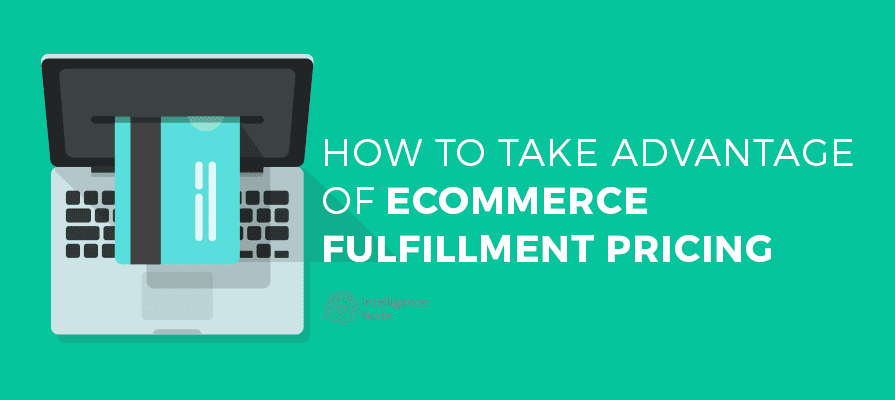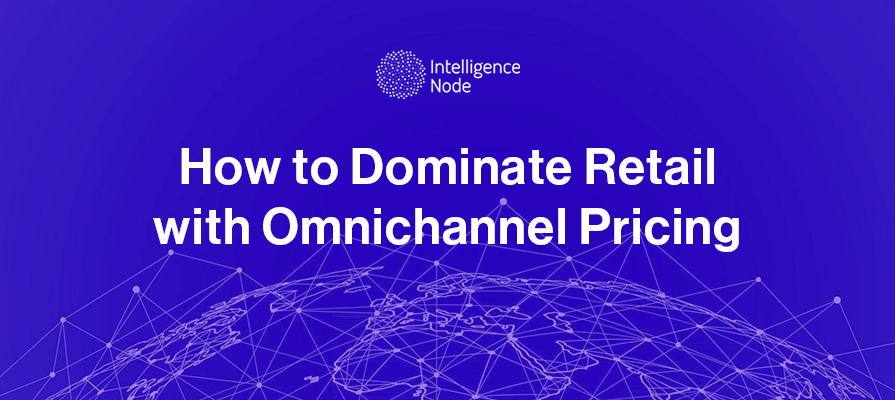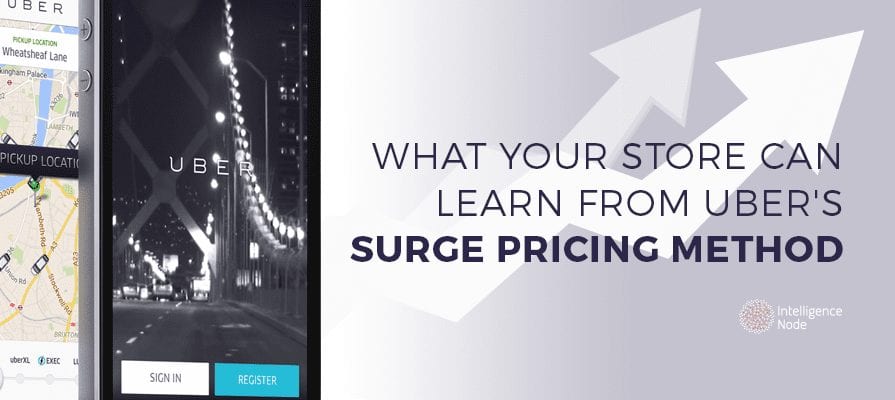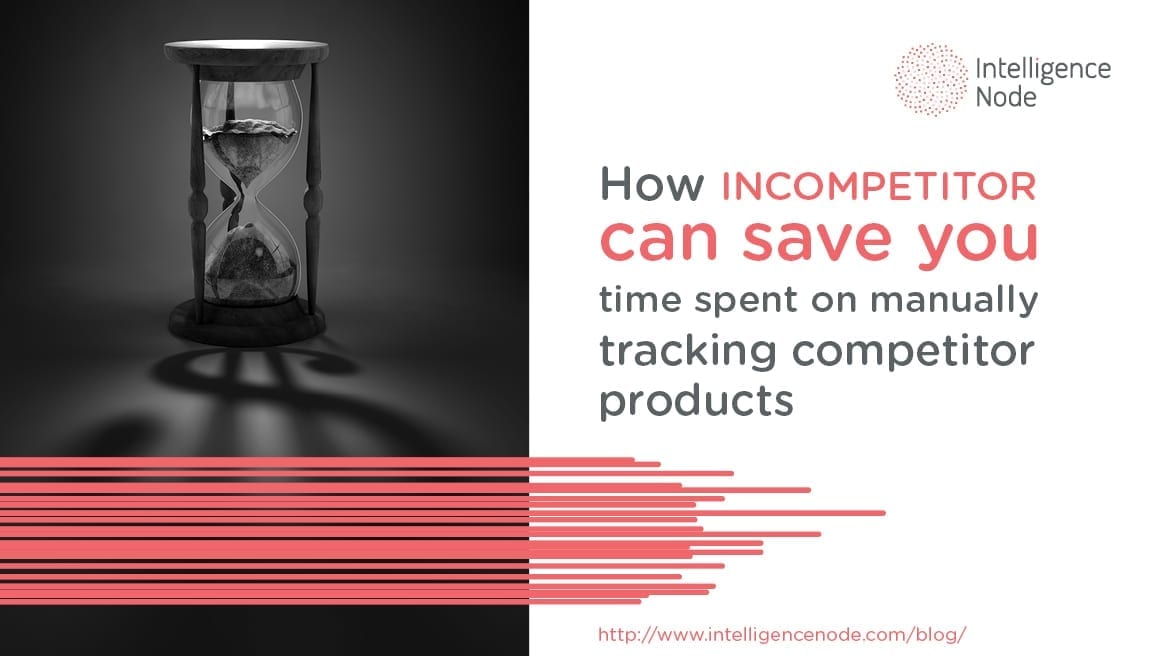With each passing year, eCommerce sites are becoming more and more established as consumers’ preferred way to shop. Thanks to the convenience involved in online shopping and the wider variety of products that sites can offer, the customer experience offered online is both rising in prominence as well as shaping the retail landscape in general.
Shipping options, for example, are now one of the deciding factors in where customers choose to shop. However, in addition to its vital role in setting up product offers, there’s another side to shipping and fulfillment in general that needs to be addressed, namely the concept of eCommerce fulfillment pricing.
What Is eCommerce Fulfillment Pricing?
At its most basic, fulfillment is defined as “the process of receiving, packaging and shipping orders for goods.” The term is generally tied to the eCommerce world, and when it comes to designing a fulfillment strategy, companies are often faced with handling their own fulfillment or outsourcing to an organization that specializes in this specific niche. Both sides carry their own drawbacks and benefits that eCommerce businesses need to consider carefully, especially seeing as fulfillment has more than its fair share of additional costs associated with it.
However, with fulfillment costs continuing to rise across the board, many eCommerce businesses are having to shift their approach to pricing in response. With fulfillment needs in mind, this technique allow businesses to compensate for increased fulfillment costs and design their price points to offset this ongoing trend. With the proper tools to navigate the changing fulfillment costs, pricing can keep your company firmly on the upswing and prevent your profits from suffering in the long run.
Ways to Optimize
In keeping up with fulfillment costs, you may need to switch up how you price your products going forward. Fortunately, there are more than a few ways to optimize. We highly encourage adopting the latest technology — such as automated systems — to help streamline your operation and declutter your fulfillment process. However, here are some other tips that can help you achieve optimal results.
- Offer free shipping: We’ve previously discussed the strategic power of incorporating free shipping into your offer. Though free shipping may seem in direct contrast with maintaining a tight fulfillment strategy, the benefits in reducing shopping cart abandonment, boosting sales and edging out competitors will more than make up for any perceived loss. Moreover, you can structure it based on a minimum order amount and devise the best way to offset any lost profits through pricing.
- Work with a variety of carriers: Based on your customers’ and your business’s needs, you should have relationships with several carriers and fulfillment partners to help maximize your profits. This will be based on a combination of delivery needs, service level and costs, but when all is said and done, you should be able to keep your fulfillment running smoother than ever. As a bonus, you’ll have easy access to shift towards other carriers if something changes.
- Real-time carrier rates and flat rates: Introducing real-time carrier rates or flat rates is another way to adjust your shipping in the face of changing fulfillment costs. With real-time carrier rates, you can use any number of eCommerce platforms to integrate your shipping process with standard postal organizations to ensure that the most updated rates are applied to a given purchase, giving your customers the chance to choose one. Flat rates can be just as rewarding, though you must be careful to establish a median rate that will not overcharge or undercharge the shipping of a certain product. If all your products are fairly similar in terms of size and weight, this might be the best way to go.
Just the Beginning
Although we’ve discussed a few ways that you can adjust your business to compensate for the cost of fulfillment, countless options still remain. Be sure to delve into in-depth pricing comparisons before instituting any widespread changes, and calculate what works for you. After all, eCommerce fulfillment pricing varies wildly from business to business — due to your location, your products and a number of other factors — and such a specific decision is one that only you can make for your business. Price mapping, for instance, is an excellent way to investigate whether any changes you might be considering make sense within the context of your business.
For more invaluable insights into how you should approach your company’s pricing, check out our Comprehensive Guide to Competitive Online Retail Pricing Strategies.





